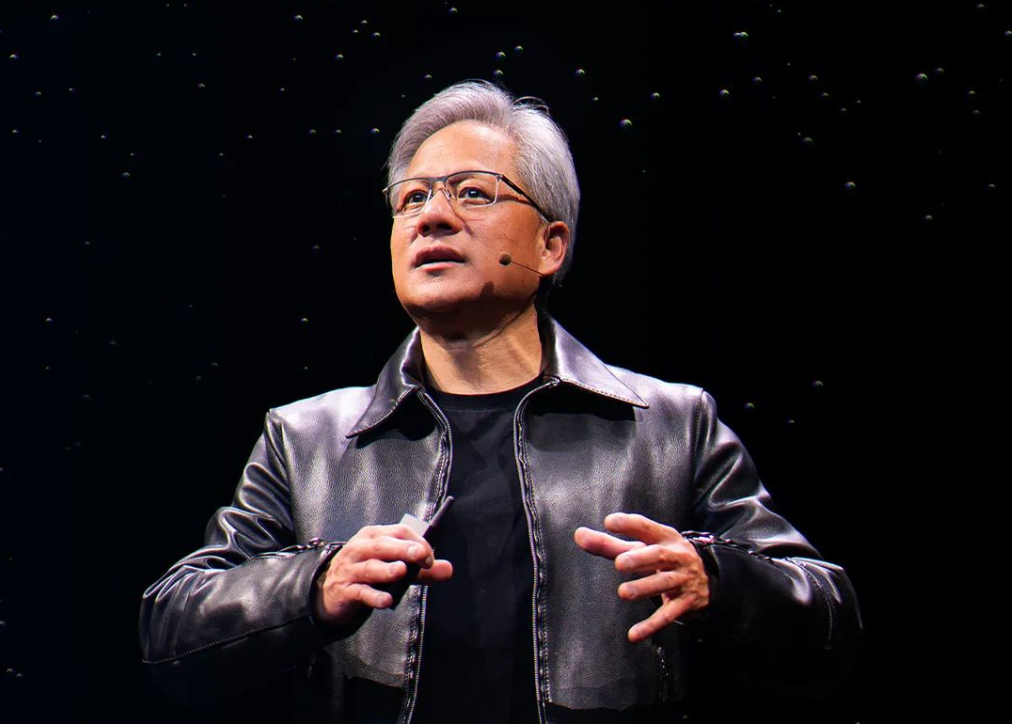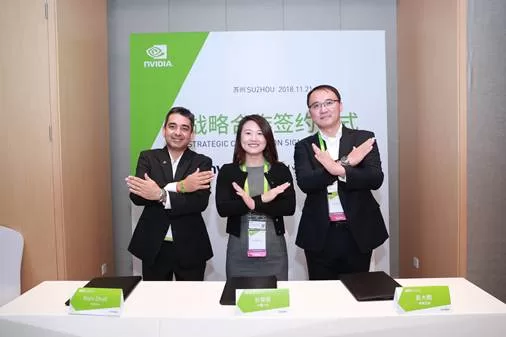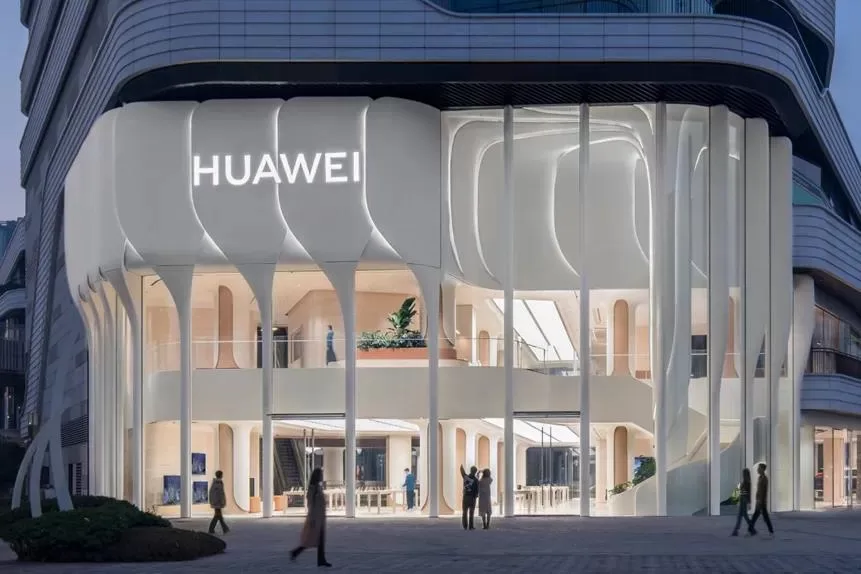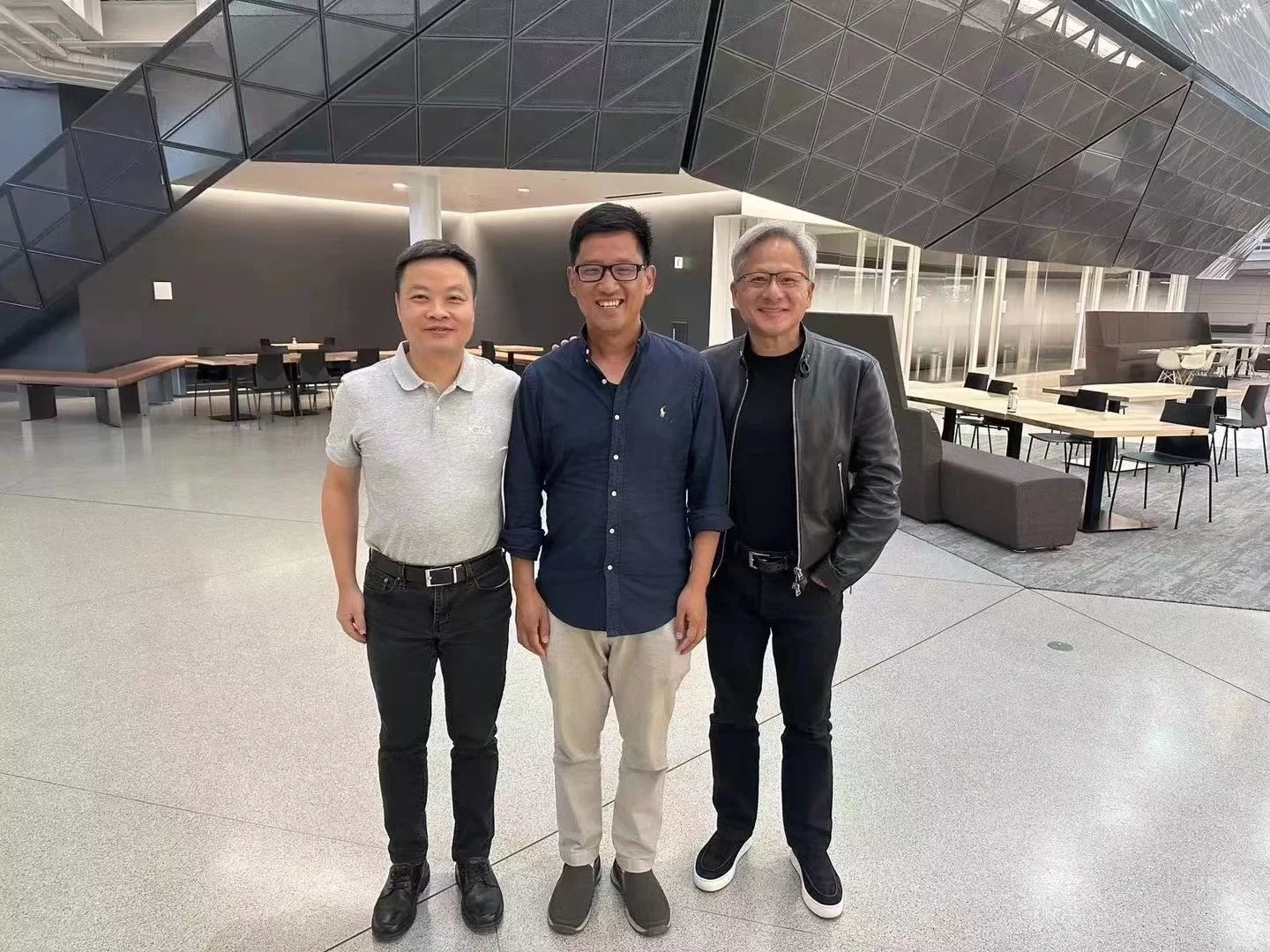On March 19, 2024, at the NVIDIA GTC conference, NVIDIA not only brought the AI chip B200, which has a computing speed 30 times faster than the previous generation, but also revealed its cooperation with multiple domestic car companies. NVIDIA CEO Huang Renxun said that BYD will use NVIDIA’s centralized in-vehicle computing platform Drive Thor to develop the next generation of electric vehicles. In addition to BYD, several other domestic car manufacturers and autonomous truck developers have announced expanded cooperation with NVIDIA, including Xiaopeng Motors, Hyper brand under GAC Aian, and Jikexiaoke Motors under Geely. NVIDIA’s profitability is beyond doubt. The financial report shows that in the 2024 fiscal year, NVIDIA’s total revenue reached 60.9 billion U.S. dollars, a year-on-year increase of 126%, and it is expected that the revenue in the next quarter will reach 24 billion U.S. dollars. In the fourth quarter of the 2024 fiscal year, Nvidia achieved an operating income of 22.1 billion U.S. dollars, a year-on-year increase of 265%, a quarter-on-quarter increase of 22%, exceeding analysts’ previous expectations of 20.41 billion U.S. dollars; net profit was 12.285 billion U.S. dollars, a year-on-year increase of 769%, a quarter-on-quarter increase of 33%; operating profit was 13.6 billion U.S. dollars, a year-on-year increase of 983%. When Nvidia’s financial report exceeded Wall Street’s expectations, on February 22, Nvidia’s stock price soared 16.4% to close at 785.38 U.S. dollars, reaching a record high, and its market value rose to 1.96 trillion U.S. dollars that day. Nvidia’s market value increased by 277 billion U.S. dollars, setting the largest single-day increase in Wall Street history. However, it is worth noting that even a strong company like Nvidia is not an all-powerful “hexagonal warrior”. In Nvidia’s many business revenues, the proportion of the company’s automotive business has always been unsatisfactory. The financial report shows that in the fourth quarter of the 2024 fiscal year, Nvidia’s automotive business revenue was only 280 million U.S. dollars, an 8% increase from the previous quarter, and a 4% decrease from the previous year. In comparison, during the same period, Nvidia’s core business data center revenue reached 18.4 billion U.S. dollars, five times that of the same period last year. This is not the first time that Nvidia’s automotive business performance has been slightly dim. In the second quarter of the 2024 fiscal year, Nvidia’s automotive business was only 261 million U.S. dollars, accounting for approximately 1.4% of revenue; at that time, the company’s business pillars were computing power centers and gaming. On the one hand, the business performance led by the data center is booming, and on the other hand, the automotive business is stagnant. Similarly, in the field of AI technology, Nvidia’s revenue shows a “two extremes” state. The struggling automotive business has always been Nvidia’s obvious pain point. In the development of Nvidia’s automotive business, the “tug of war” between the company and Tesla is an important turning point. Early on, Nvidia has always hoped to penetrate into the autonomous driving business through Tesla’s rise in the new energy vehicle industry. As early as 2013, Elon Musk admitted in an earnings call that Tesla’s electric cars had already been successful and that more and more car companies would follow suit. He also emphasized that there would be a proactive addition of mobile computing capabilities in cars, an area in which NVIDIA had invested heavily for many years, and therefore continued success would be seen.
However, Tesla did not extend an olive branch to Nvidia, but instead chose Mobileye. However, the cooperation between Tesla and Mobileye was not pleasant. During the cooperation with Mobileye, Tesla tasted the bitterness of being restricted by core technology and decided to turn to Nvidia for help. In the second half of 2016, Nvidia successfully became the supplier of Tesla’s autonomous driving chips – a major breakthrough for Nvidia’s autonomous driving business at the time. Just a year earlier, Nvidia had launched its attack on autonomous driving by releasing the DRIVE brand and two car computing platforms, including DRIVE PX based on the Terga X1 chip and Maxwell GPU, with over 1 TOPS of computing power, and support for computer vision and machine learning technologies. However, Nvidia’s cooperation with “mentor” Tesla did not last long. In April 2019, Tesla released the Hardware 3.0 system, which did not use Nvidia’s smart driving chip, but instead used Tesla’s self-developed FSD chip with a computing power of up to 72 TOPS. Musk claimed that this was the most advanced computer designed specifically for autonomous driving in the world. As a result, Nvidia’s automotive business became even more “disappointed”. But it was at this time that a new energy vehicle company from China – Xiaopeng Motors, entered Nvidia’s automotive business cooperation map. According to previous reports from Gasgoo, in 2018, Xiaopeng Motors signed a tripartite strategic cooperation agreement with Nvidia and Nvidia’s Chinese partner Desay SV to jointly develop L3 level autonomous driving technology adapted to the Chinese traffic environment and driving scenarios.
According to reports, Xiaopeng Motors has adopted Nvidia’s Xavier chip for autonomous driving AI computing and processing on the domain controller of its autonomous driving system in Desay SV, with the autonomous driving software system relying on BlackBerry’s QNX and Nvidia’s autonomous driving software and applications. Since then, Nvidia has set its sights on the rapidly developing Chinese car companies. Can Chinese car companies take over the “baton” due to international relations? It is worth mentioning that among Chinese new energy vehicle companies, in addition to Xiaopeng Motors, BYD’s cooperation with Nvidia is also quite frequent, with chips being a crucial part. Back in the spring of 2022, BYD announced its cooperation with Nvidia at the GTC conference. At that time, BYD would use Nvidia’s autonomous driving chip for the development and manufacture of smart electric vehicles. In early 2023, Nvidia announced that BYD would use the Nvidia Drive Orin centralized computing platform in its full range of vehicles, further expanding the use of DRIVE Orin in various models of its Wangchao and Ocean series cars, bringing safer and smarter cars to the market. It is reported that DRIVE Orin is a system-level chip released by Nvidia, providing 254 TOPS per second, serving as the central computer for intelligent vehicles. As mentioned earlier, Nvidia is currently widely “harvesting” orders from Chinese car companies in the field of autonomous driving. However, it is worth noting that Nvidia’s cooperation with Chinese car companies still faces many objective disadvantages. In 2022, the United States announced a ban on Nvidia selling its most advanced artificial intelligence chips to Chinese companies including Tencent and ByteDance. Huang Renxun has already realized the seriousness of this ban and said in an interview with the Financial Times that the escalating chip battle between Washington and Beijing could cause “huge losses” to the US technology industry, as China is a very important market for the technology industry.
This statement clearly expresses Huang Renxun’s regret as an entrepreneur for the Chinese market. In 2022, Nvidia’s automotive business growth slowed down. That same year, the US chip ban made it difficult for the chip giant to make progress in the Chinese market. But Nvidia did not give up. According to Huang Renxun, after the US government implemented export controls, Nvidia’s data center revenue in the relevant market began to decline significantly: “So far, we have not obtained permission from the US government to ship restricted goods to China, but we have begun to ship alternative products that do not require a permit for the Chinese market.” Huang Renxun said. At the end of October 2023, the US launched a second AI chip export control against China, and the improved version chips A800 and H800, specifically designed for the Chinese market, were added to the list, along with the previously banned A100 and H800, and even the consumer-oriented 4090 card became a casualty. Some industry insiders describe Nvidia’s international situation as “like the boundary between two continents colliding, with no choice but to endure the pressure.” Will the “Huaweis” become a “hindrance” for Nvidia? In addition, Nvidia also needs to face the fact that in the fertile soil of China’s autonomous driving, a large number of autonomous driving manufacturers, including Huawei, Horizon, and Black Sesame, are rapidly growing, and some of their autonomous driving products and solutions can even “rival” Nvidia to a large extent. Take Huawei as an example. Foreign media reported that in a document submitted to the US Securities and Exchange Commission on the evening of February 21, Nvidia listed Huawei as a major competitor in multiple fields, including artificial intelligence chips, for the first time. Nvidia stated that Huawei is competitive in providing chips designed for artificial intelligence, such as graphics processors, central processors, and network chips. Nvidia also positions Huawei as a cloud service company that is designing its own hardware and software to improve artificial intelligence computing. Although Nvidia refused to comment on this, it is worth noting that as early as December 6, 2023, Nvidia CEO Huang Renxun had stated that in the competition to produce the best artificial intelligence chips, Huawei is “a very strong competitor” for Nvidia. Huawei has grown into China’s de facto champion in chip technology.
So why are Chinese car companies still choosing to partner with Nvidia? At the 2023 Guangzhou Auto Show, vehicles from companies like Tengshi, Jiyue, NIO, Xiaopeng, Jike, and BYD were all displayed with Nvidia’s computing chips, mainly Orin. In January 2024 at CES, Nvidia announced that companies like Li Xiang, Great Wall, Jike, and Xiaomi will all be using Nvidia’s DRIVE technology in their autonomous driving systems. Some foreign media believe that Chinese car brands are turning to Nvidia in hopes of leveraging its advanced technology to make up for their lack of global brand recognition. BYD and its competitors are working to expand sales in markets outside of Europe, Southeast Asia, and China, while also competing with Tesla and other traditional Western car brands in the domestic market. Foreign media have also expressed the same views, analyzing that “last year, BYD surpassed Tesla to become the world’s largest electric vehicle manufacturer, but their English advertising slogan is ‘the biggest car brand you’ve never heard of.'” Foreign media pointed out that the challenge facing Nvidia is to meet the demand of Chinese customers for powerful chips while also complying with the more stringent export restrictions on advanced semiconductors to China imposed by the United States. In addition, with the addition of Wu Xinzhou, Nvidia’s autonomous driving team will receive even more favorable support.
According to Huang Renxun’s plan, in the future, Nvidia’s automotive business will be one of Nvidia’s three main business pillars alongside data centers and gaming. Perhaps in the near future, we will see the automotive business of Nvidia’s financial report standing out, and the capital market will also cheer for Nvidia’s automotive business.




